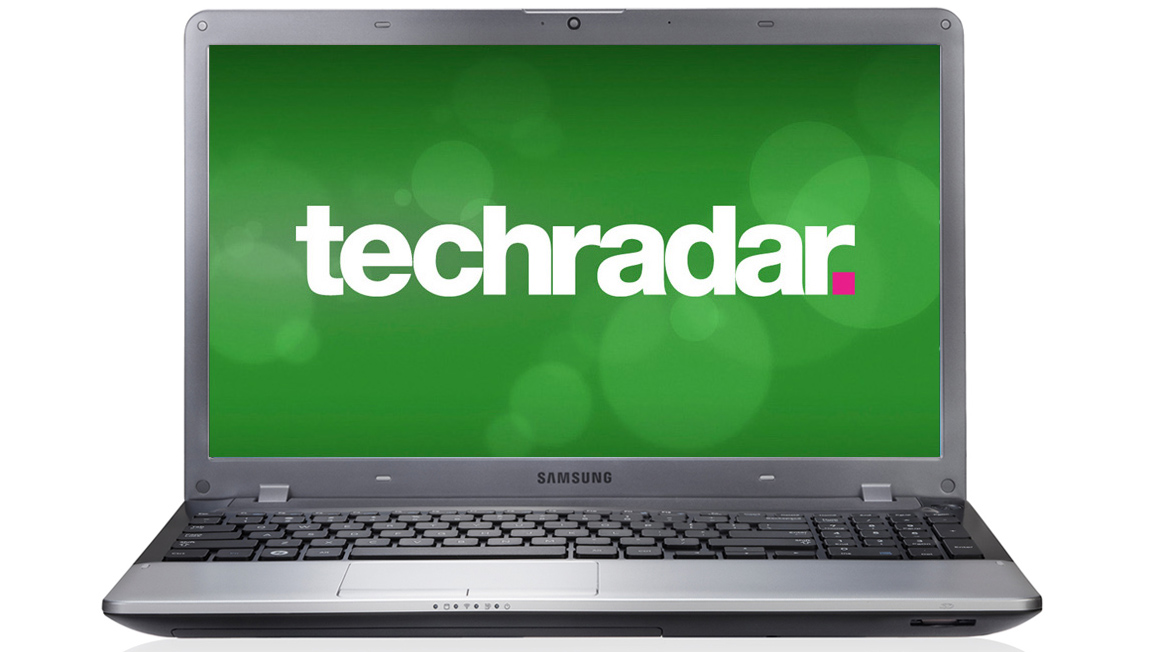Why you can trust TechRadar
AMD's latest set of chips are intended to combine into something that rivals the speed and power efficiency of the latest Intel chips going into thin and light laptops. And in a quick glance at the specifications, it looks like it should be a good tussle.
It's a shame, then, the results don't really hold up. A Cinebench score of 3829 is only about a third of what you get from Intel Core i7 processor in the Asus Zenbook UX32A, despite AMD's processor having four CPU cores, compared to two in the Intel.
Benchmarks
Cinebench 10: 3829
3D Mark 06: 5736 with 7660G(2x)
Battery Eater 05: 118 minutes
Similarly, the 3D Mark score actually bests the integrated graphics from Intel's ultra-portable chips, but only by a small margin. And considering that there are two GPUs in the Samsung Series 3, that's pretty disappointing.
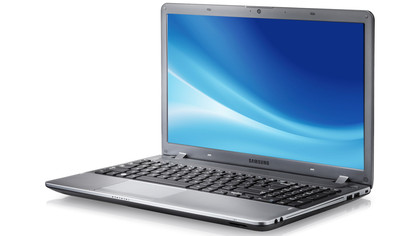
However, these are synthetic tests, and it's in the real world that it counts. The Samsung Series 3 actually feels plenty fast enough. Bigger hard drive-based laptops don't feel quite as snappy as SSD-based machines, but they certainly aren't slow, and the Samsung Series 3 is as fast to respond as you could ask.
The same is true for the graphics. The Radeon graphics cards are capable of DirectX 11 support, and we played Deus Ex: Human Revolution at the native screen resolution and many of the options turned on, with only a few frame rate stutters. With a small amount of tweaking, that can be made smooth.
Nobody's suggesting that this is a serious gaming machine, but it's capable of running reasonably recent games for those who want 3D graphics, and it'll more than serve the needs of casual gamers.
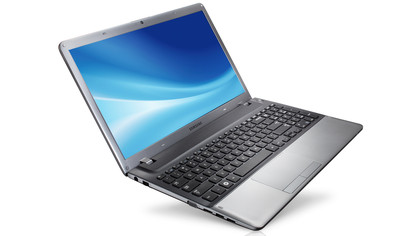
When it comes the battery life, the result of 118 minutes continues our theme of disappointing benchmarks. This is no all-day work machine, but for a home multimedia machine, it should get you through most films on the battery, and you're rarely that far from a power socket.
But budget machines such as the MSI CX640MX have it beaten, and for £200 (AU$313/ US$323) more, we'd hope it could at least match the battery life, even with beefier specs.
We just mentioned about being a multimedia machine, which seems like the ideal target for a laptop like this. Some decent gaming chops, a large hard drive, a 16:9 screen - but it's just not there. The 1366 x 768 screen is standard for budget laptops, but this isn't a very cheap computer.
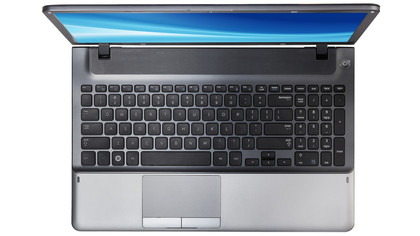
Similarly, for the £599 (about AU$938/ US$967) price the Samsung Series 3 goes for, we'd expect to see a Blu-ray drive.
As we've said before, the lack of 1080p screen makes the absence of a Blu-ray drive seem less important, but we really want both. This could be the perfect family laptop, offering something for everyone, but it just falls short.
It's not just about the HD video, though. The screen itself offers nice colours and is great to look at square on, but offers pretty poor viewing angles. We could maybe forgive it if it were higher resolution, or if it had a high-quality IPS display at this resolution, but it means that anything you watch on the screen with more than one person won't look great for someone else.
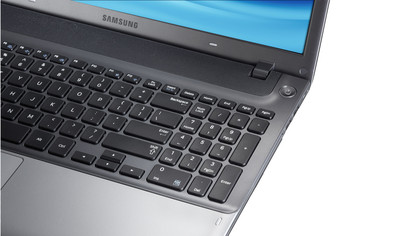
Things are a bit different when it comes to the keyboard, though - it's excellent. The keys are a nice size and are easy to find because of the way they're all separated, and they have a nice amount of resistance, with feedback when pressed.
The trackpad isn't quite as good a story, though. It's not terrible, but the two-finger scrolling often doesn't work properly, and it was a little sensitive for us to keep tap-to-click turned on. We're also not keen on its matt finish and feel.
Still the usability is good overall, and the build quality generally matches. It feels a little cheap underneath, the top is finished nicely, the screen's hinge is nice and stiff, so it doesn't wobble around, and it feels sturdy.
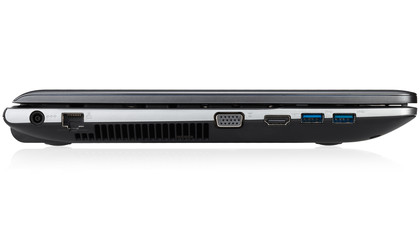
As is so often the case, the Samsung Series 3 comes with the burden of bloatware, and you'll find you're inundated with power-saving features and so on. There's even the 'Software Launcher', which is a dock filled with pre-loaded software, where you can add your own shortcuts too.
Given Samsung's recent legal history with Apple, its remarkable resemblance to the dock in OS X on Macs (right down to the magnification animation) strikes us as risky, but we're here to judge its usefulness, rather than its origins.
And, well, it's not very useful. You can already pin things to the Taskbar. We recommend doing that, since it's less obtrusive.
